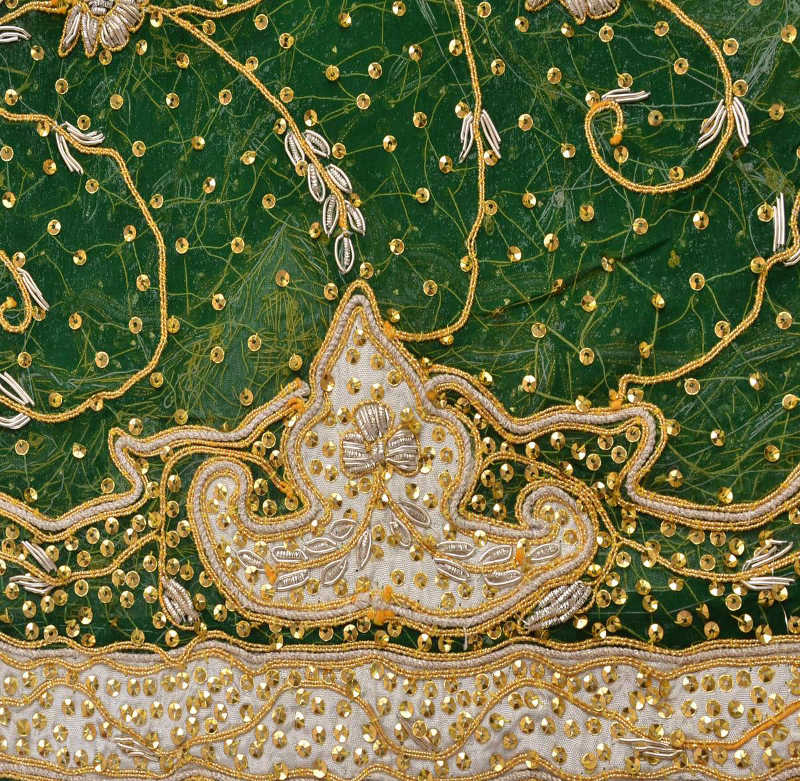===
0480,
1
===

=== |
 |
farebandah : 'Deceiving; delusive; fallacious; —a deceiver'. (Platts p.780)
lubhānā : 'To tantalize, to cause (one) to covet; to allure, attract (by), entice, tempt, seduce; to draw or win over; to fascinate, charm'. (Platts p.949)
FWP:
SETS == IDIOMS
MOTIFS
NAMES
TERMS == RHYMEOh, here I don't think SRF gives Mir's verse nearly enough credit. Consider Ghalib's irresistibly convoluted
G{97,6},
which highlights the treacherousness of the beloved, who 'would deny the very possibility of faithfulness'. Since she is so deceitful herself, why should the lover worry about the presence or fortunes of any Other? She will easily out-deceive any potential deceiver.
The present verse strongly implies a parallel situation. Who could possibly trick or deceive the lover, and how? After all, he has been trained by an expert! He has spent time with, or under the supervision of, the beloved-- with the deceiver of all deceivers. Any other would-be deceiver could only seem childish and naive by comparison. This reading gives the verse a wonderfully sarcastic punch.
But there's another possibility as well. After all, the normal meaning of dekhne-vālā is the active 'seer, beholder', rather than the passive 'seen, beheld' sense invoked by SRF. The passive sense certainly evokes the idiom, which is a delightful effect. But in addition, ham terī āñkhoñ ke dekhne-vāle haiñ can hardly fail to mean 'We are a seer/beholder of your eyes'. Once the speaker has looked into the beloved's eyes, he's immune to everything (else) that's alluring or deceitful. Is this because of the beloved's supreme (and possibly mystical) beauty, or because of her own supreme trickiness or treachery? (Or, of course, both?) As so often, we're left to decide for ourselves.
Note for meter fans: This ghazal has no refrain, but how should we describe its rhyme? In the two lines of this opening-verse we have the two possibilities: as ā le , or as āle . Either way, of course, we'll have many deviations. Since it's a nine-verse ghazal, there are ten instances of the rhyme. As it happens, five go each way, so we can take our pick. The real moral is, in my view, that Mir didn't bother much at all about the kind of trivial irregularities or 'flaws' [ʿaib] that some later critics love to castigate.